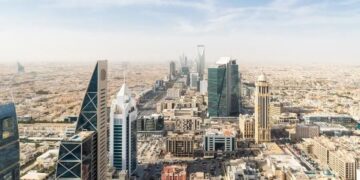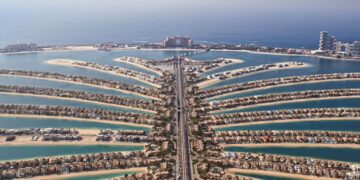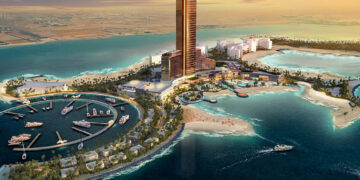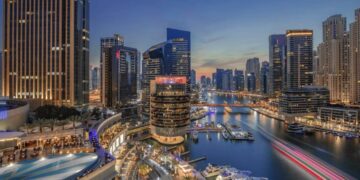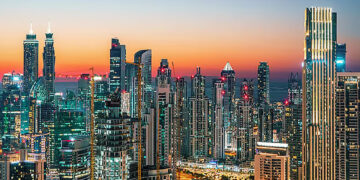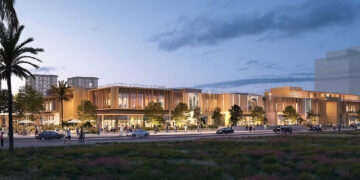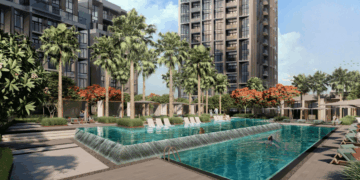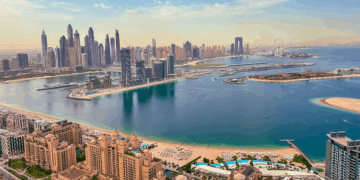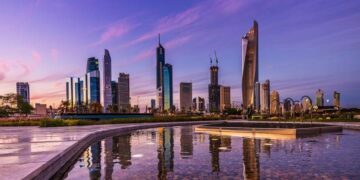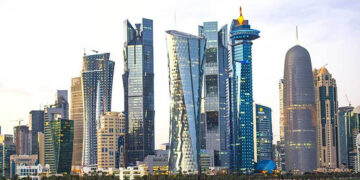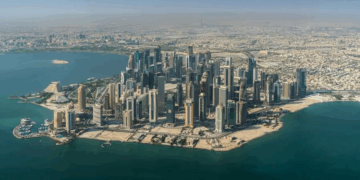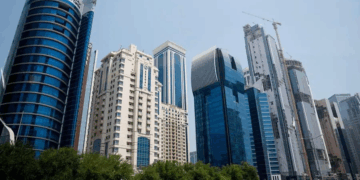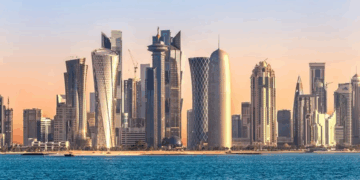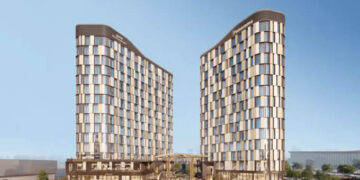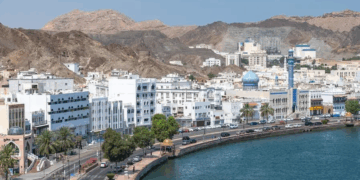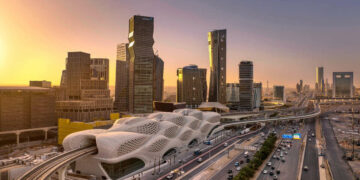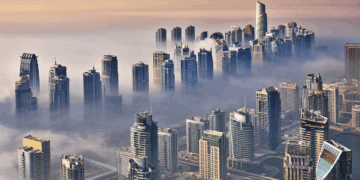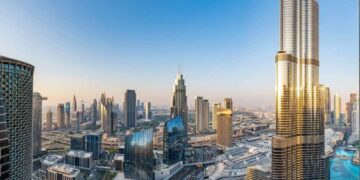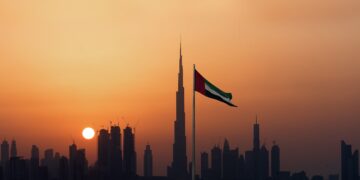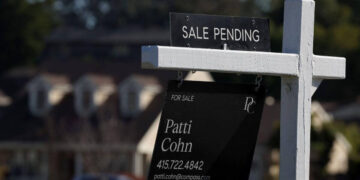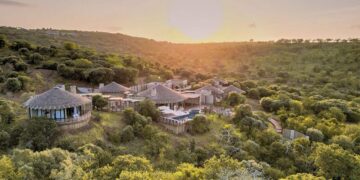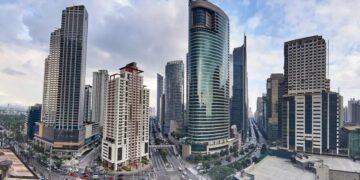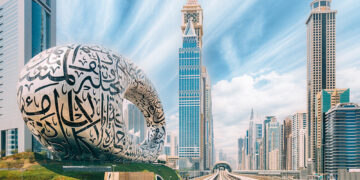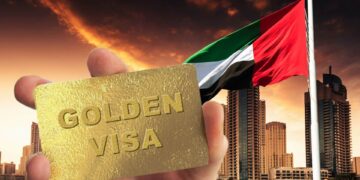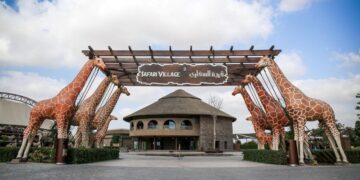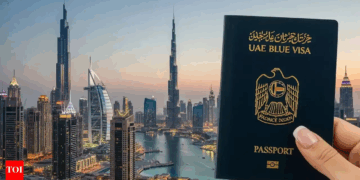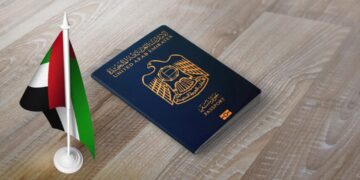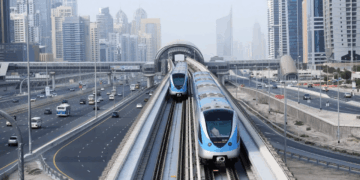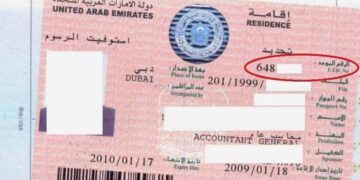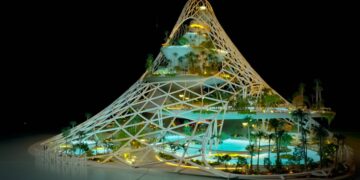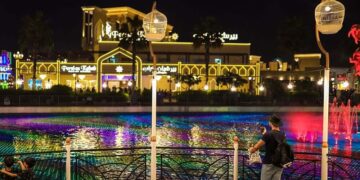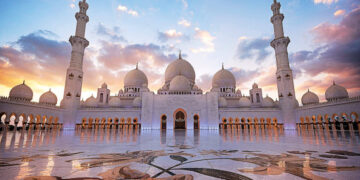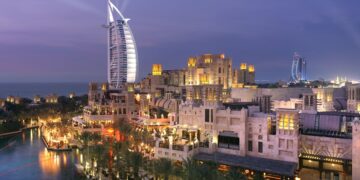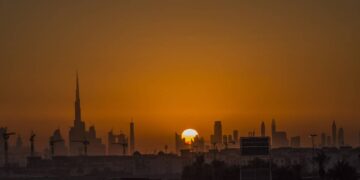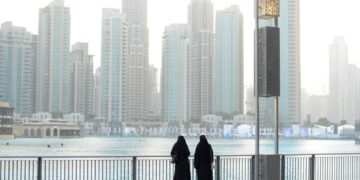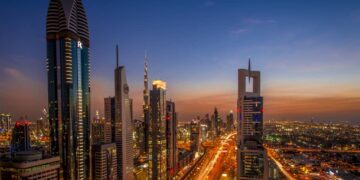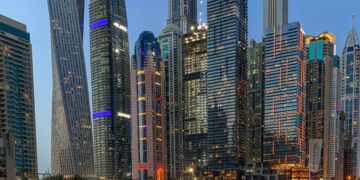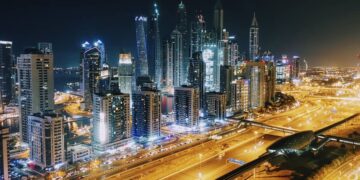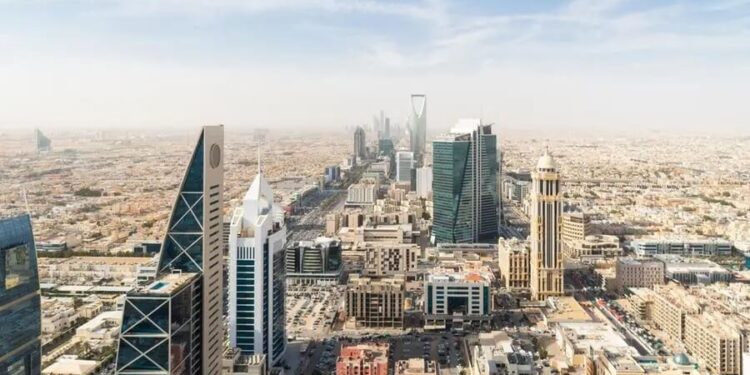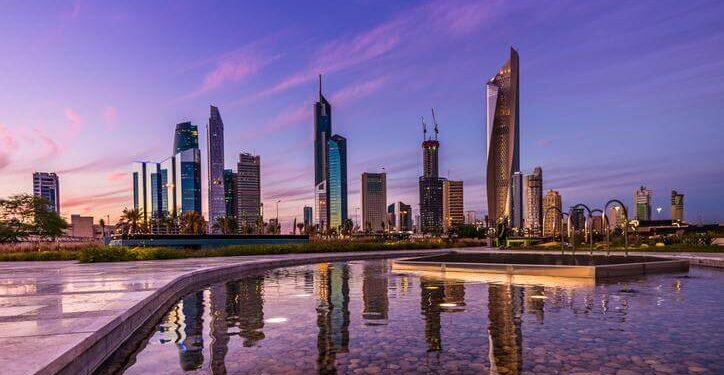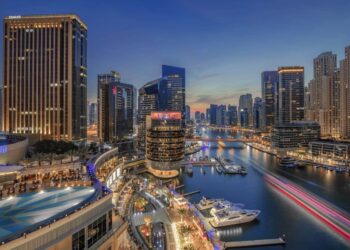The world leader in commercial real estate advisory services, CBRE Middle East, reports that in the year leading up to Q2 2024, Saudi Arabia’s residential transaction volumes in its three main cities—Riyadh, Jeddah, and Dammam Metropolitan Area (DMA)—saw annual improvements of 51.6%, 43.2%, and 22.4%, respectively.
According to CBRE’s most recent edition of Saudi Arabia’s Residential Market Notes, a portion of the population is searching for the best financing vehicles to obtain suitable mortgage provisions to facilitate their home acquisition despite government efforts to support retail financing facilities through local banks. This is the main cause of the fluctuations in residential sale transactions. Potential buyers have waited for the delivery of new, modern stock, which is expected to bring quality finished units compared to the existing, often aging stock.
Regarding Riyadh’s residential market, since Q3 2020, apartment prices have increased annually. Sales values have increased by approximately 11.7% annually over the last four years, resulting in an average sales rate of nearly SAR5,000 per square meter by the end of Q2 2024.
Although there were brief dips in early 2020 and early 2021, when values fell 4.8% to SAR3,820 per square meter, average villa prices have generally been rising since 2019. Prices have seen robust growth, with average villa values currently resting around SAR5,824 per square meter at the end of June, after rising 3.3% year-over-year.
Notwithstanding a little lull during COVID, Jeddah’s average apartment prices increased in 2019 and continued to rise until Q3 2022.
Since then, though, the market has been largely quiet, with values currently hovering around SAR 3,945 per square meter—just barely less than the Q4 2022 total. While sales values have increased by an average of 2.6% annually since Q2 2020, prices have decreased by 0.9% in the year ending in Q2 2024.
Following the pandemic, average villa prices fell, peaking in Q4 2020 at SAR4,639 per square meter, which marked the bottom of the market. Since then, prices have increased at an average CAGR of 4.4% annually, significantly above the 0.8% at the end of Q2 2024, with average prices at SAR5,707 per square meter.
Comparing July 2024 to the same month in 2023, Riyadh’s total rental transactions increased by 6.1% year over year.
The apartment market in Jeddah saw a 2.3% decline in the year ending in July 2024, mainly because of the low number that was recorded in May, compared to the residential districts in Riyadh that CBRE tracked during Q2 2024. The government’s campaign to raise awareness of the EJAR platform and its supporting regulations, which mandate that landlords and tenants use the system to legitimize their transactions, is linked to the same trend that was observed throughout Riyadh and Jeddah.
In the second quarter of 2024, Hittin and Al-Malqa, two of the residential districts in Riyadh that CBRE was tracking, had the highest average price ranges, while As-Suwaidi and Al-Aziziyah had the lowest prices. Popular city neighborhoods like Dar Al-Baida and Al-Aziziyah offer the best value, while As-Sulimaniyah, Al-Ta’awun, and An Nakheel continue to command the highest average apartment prices.
The most expensive villas in Jeddah can be found in the Red Sea neighborhood, with Ash Shati and Al-Murjan having the highest price points. Al-Amir Fawwaz, on the other hand, had some of the most affordable villa communities.
Over the past 18 months, Jeddah’s residential market has seen a consistent influx of new apartments, which has caused a notable fluctuation in average apartment sale prices. Furthermore, the significant amount of fresh supply in areas like Al-Marwah, As Salamah, and As Safa has caused the market to become saturated, which has distorted average prices.
Prestigious neighborhoods like Obhur Al-Junobiyah continue to fetch the highest prices for brand-name homes along the Red Sea, while Ar Rayyan has the lowest sale prices.
Matthew Green, the Head of Research Mena in Dubai, said: “The fundamentals for Saudi Arabia’s residential sector remain incredibly strong, as reflected in the sustained rental growth across key market in the Kingdom.”
“Riyadh particularly is demonstrating attributes of an undersupplied market, driven by strong employment and population growth on the back of government investment projects, resulting in very tight supply in certain areas of the market as new deliveries fail to keep pace with the robust housing demand,” he added.
